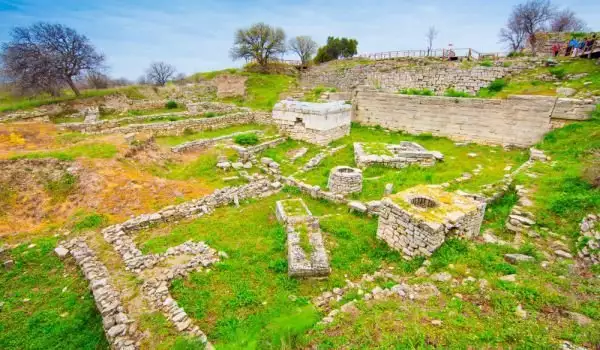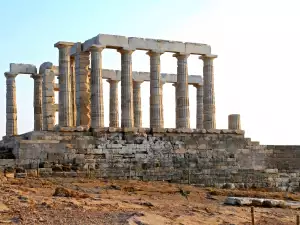Troy, Canakkale

There is hardly any other place in the world that is so glorified and bathed in the history of titanic fame as Troy. This is a legendary city that passed the war of Troy.
Troy is a landmark, located off the coast of the present province of Canakkale in northwestern Turkey, close to the Marmara Sea near the Dardanelles. Since 1998, Troy was listed as a World Cultural Heritage by UNESCO.
By 70-80 years of the 19th century the myths and legends about Troy were still existing without any evidence of this titanic clash. Around 1870 however, the German archaeologist, Heinrich Schliemann used his money to finance the excavation of his chosen hill, Hisarlik.
He then discovered the remains of the city from different eras. A little later his fellow archaeologists revealed nine territories, located next to each other as settlements and the oldest of which dated back over 5000 years ago.

Unfortunately, the excavations of the German archaeologist leaded to destruction of part of the open cities in ancient Troy. Scientific research has proven that beyond the urban citadel existed a large settlement, also surrounded by walls.
Historical data show the nine stages of life of Troy. The first city was founded in the 3rd century BC. During the Bronze Age trade had flourished, as all merchant ships to the Black Sea passed through town. Around 1300 BC the 6th Troy was destroyed, probably by an earthquake.
Seventh Troy, probably existed since the mid to late 1300 BC. The last of the nine settlements there were founded by the Romans during the reign of Emperor Augustus and was an important commercial center in the building of Constantinople.
There is an unsolved mystery and secrecy around the findings of Schliemann called, Treasure of King Priam in Troy. Most of it today has been moved to the Pushkin Museum in Russia.
The most pleasant time to visit Troy is in spring or autumn. The most convenient way to arrive is by bus from Istanbul or ferry from Canakkale, which is located about 50 km to the northeast.










